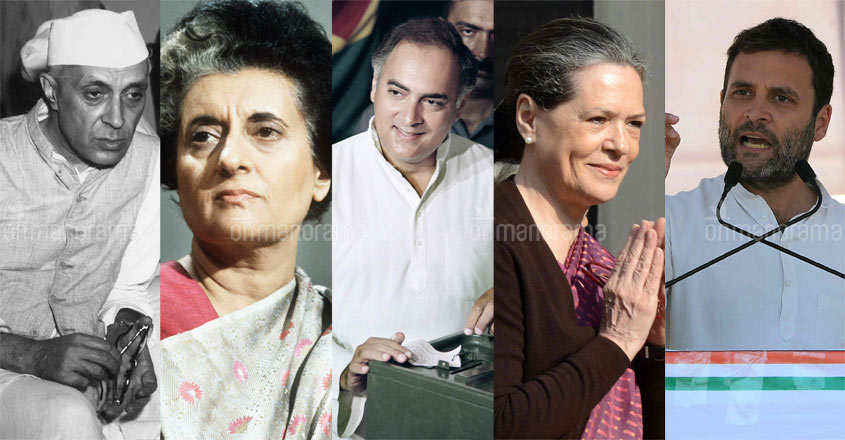
A year ago, with the coronation of Rahul Gandhi as Congress president, the Grand Old Party was signalling a generational shift in its organisation. Though there was no official proclamation that Rahul's ascension to the top post was a move in that direction, such a line of thought was vital to the party to align with the political realities of present-day India.
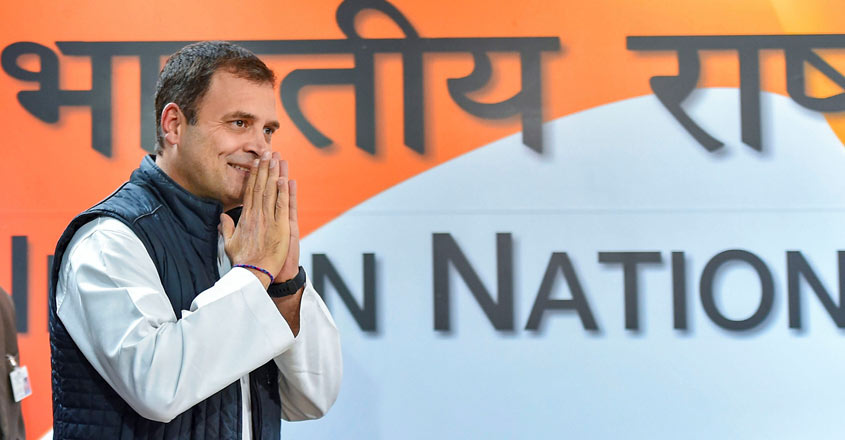
With half of India's more than a 1.3 billion population under 25 years of age, the political narrative of the nation warranted such a move.
The youth are more in pursuit of vaulting aspirations rather than archaic moorings of yore.
Like for instance construction of a temple, which does not seem to be catching their fancy.
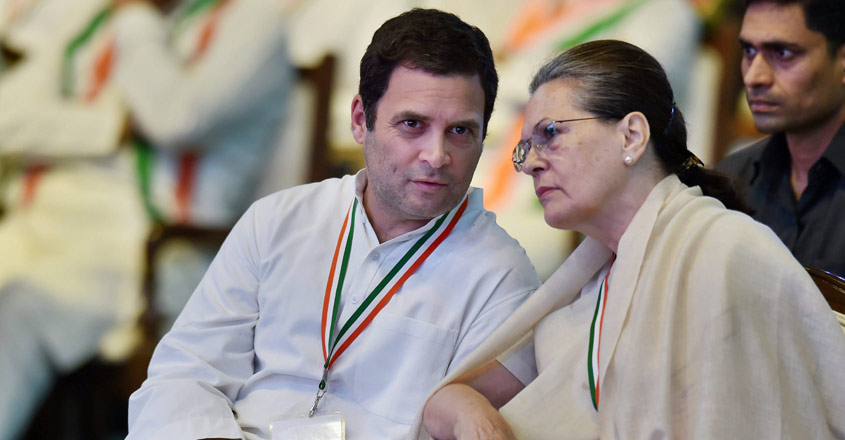
So the purported shift of the reins of power in Congress to the next generation, albeit by default, was a welcome initiative.
Now, if the party needs to reinvent itself to gel with the aspirations of New India, this generational shift needs to trickle down to the grass-root level via its state, district and booth level units.
This does not seem to be happening as we track the leadership deadlock in Rajasthan and Madhya Pradesh and the subsequent selection of chief ministers by Rahul.
These are states where the party had a veteran as well as a youth leader to power its election strategy and machinery.

That the Congress is still caught in a time warp is evident from the fact that its elected legislators just adopted a one-line resolution empowering the high command to take a decision on who would be the CM in Madhya Pradesh, Rajasthan and Chhattisgarh.
Why didn't they choose a Congress Legislature Party leader on their own rather than clinging on to a referral system?
The answer lies in the party's archaic leadership structure wherein all decisions are taken only at the top level.
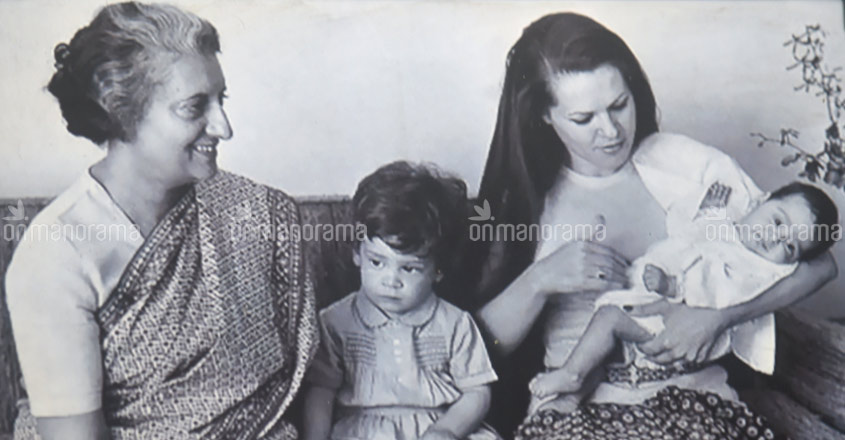
The Congress needs to unshackle itself from ageing corridors of its power structure. This does not necessarily mean it has to altogether shun experience and favour youth.
Rather, it has to build a youthful organisational structure and empower its state level units.
The experience of its veterans should be tapped as guiding forces to unleash such a movement within the party if it is to put up a decent show in the coming Lok Sabha polls.
That Rahul Gandhi has asked legislators and workers alike to share their views with him on who would they like to have as CM in these states is commendable.
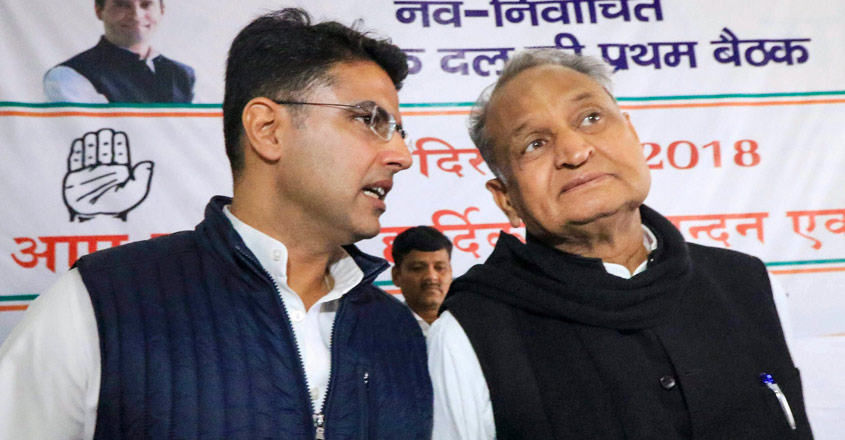
But the Congress president should have gone a step ahead and announced unequivocally that majority of the legislators in these states wanted a youthful face as CM.
This would not harm the party as, from time immemorial, factionalism was an accepted reality in the state units of the party.

While it is for the party to decide whether it should have a veteran or a young leader, any decision on this count would have adverse as well as favourable political implications.
So the Rajasthan-MP leadership issue presented a defining moment for Rahul Gandhi to gradually dismantle its ageing power structure and tune in to the aspirations of a New India.
If Sachin Pilot was made Rajasthan CM overlooking veteran Ashok Gehlot, who did not have much to tout about after two stints at power in the state, heavens wouldn't have fallen to crush the Congress.
Perhaps such a move would have, instead, redefined the electorate's perception of the Congress as a party clinging on to Independence era moorings.
Rahul Gandhi, it seems, squandered this opportunity. Period.



